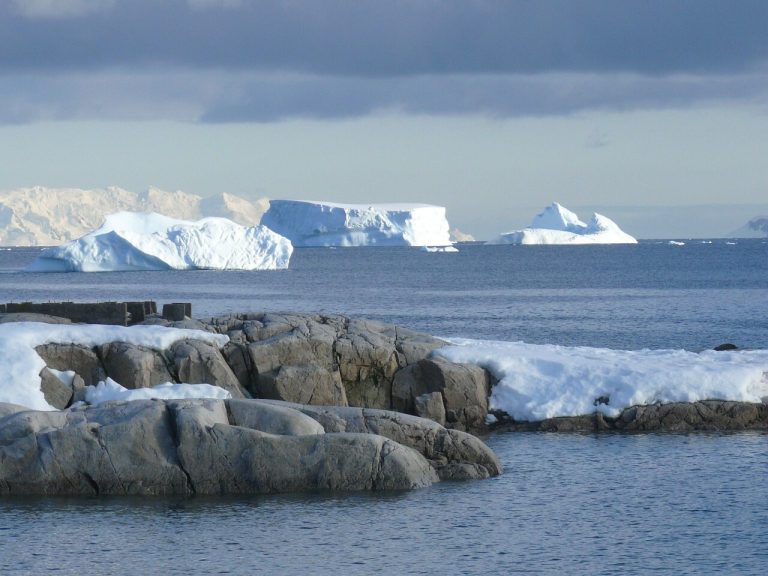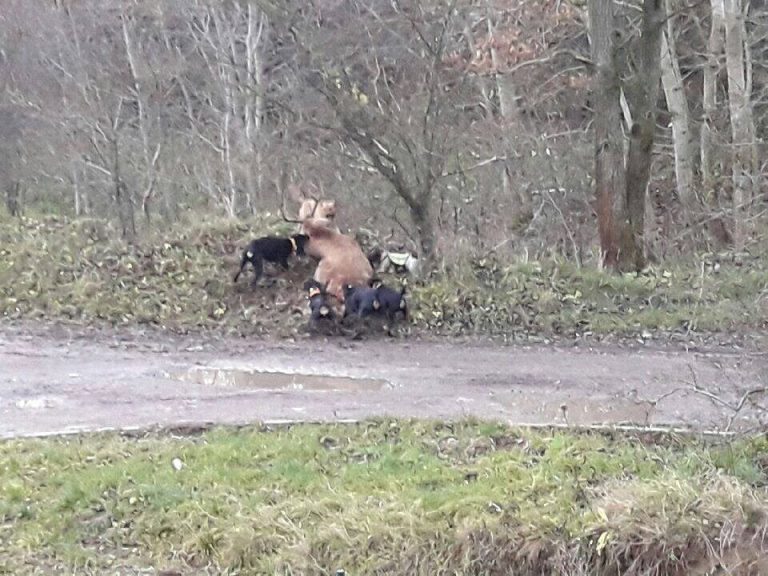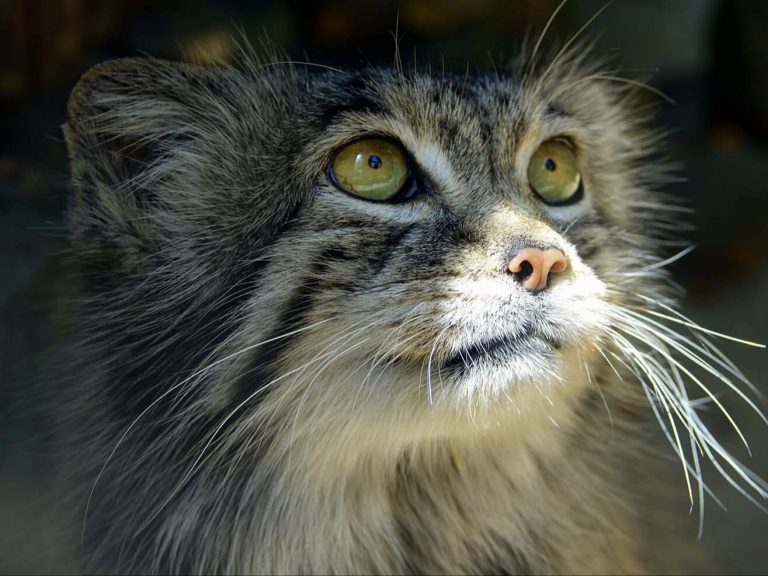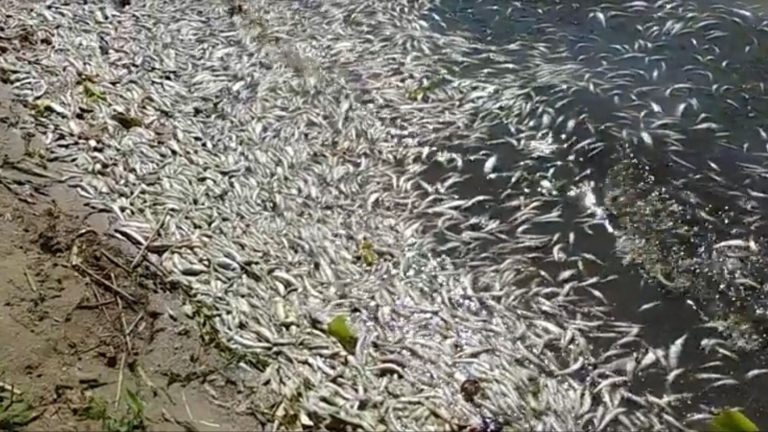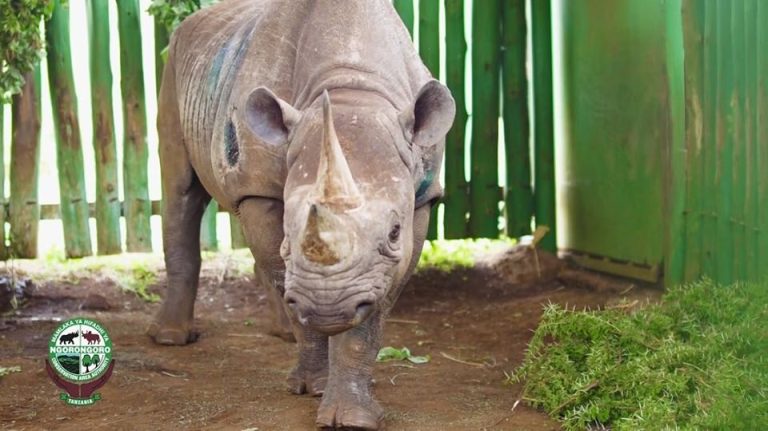Changes in the Red List of Threatened Species. It’s about a bison
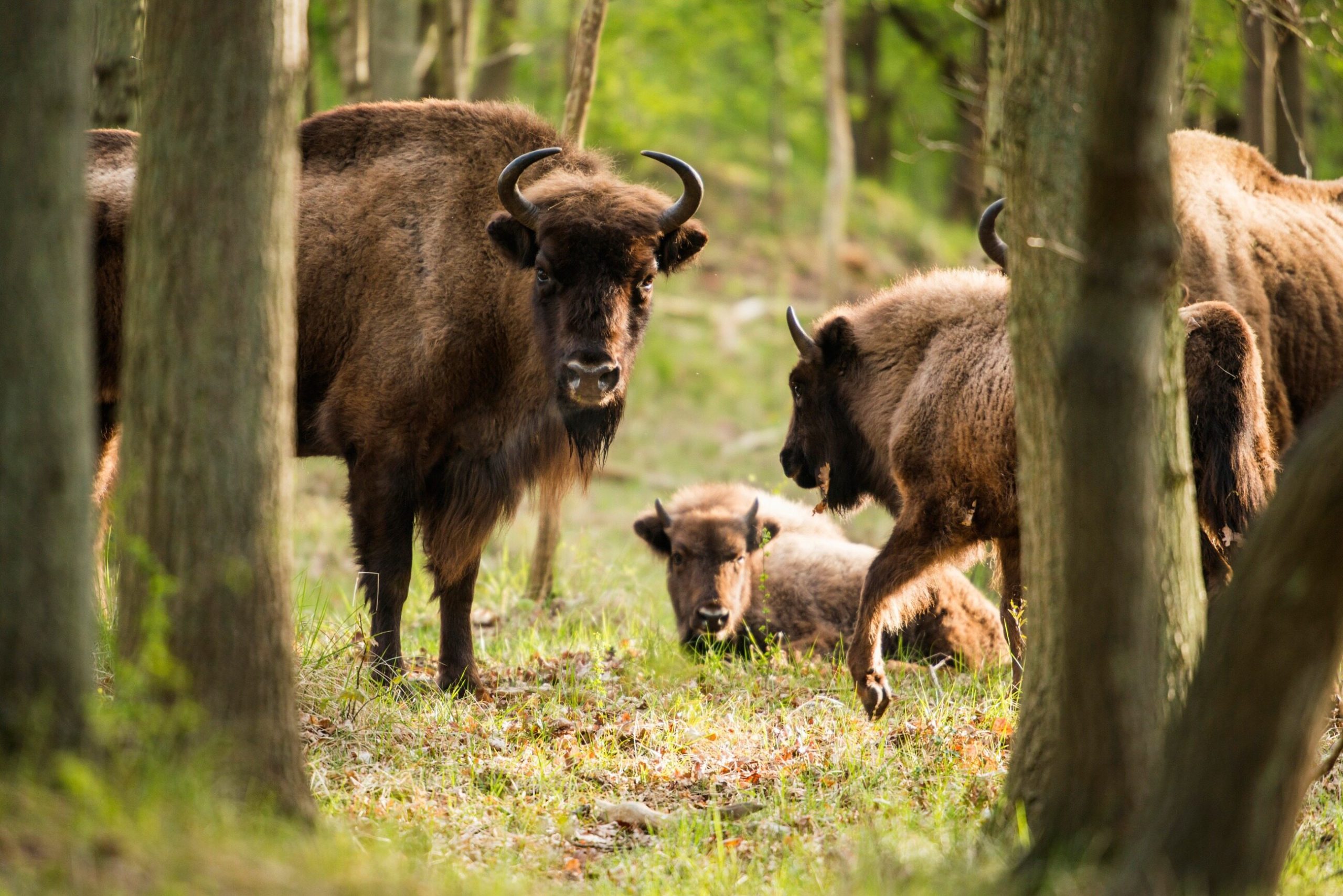
The bison has changed its status in the International Union for Conservation of Nature (IUCN) Red List of Threatened Species. It is no longer classified as a vulnerable species, but as a near threatened species.
In addition to the bison, IUCN changed the status of 25 other species in the same way. This shows the effects of effective protection, emphasized IUCN Director General Bruno Oberle. He also noted that the list of species considered extinct is constantly growing, which means that protective measures against endangered species must be constantly expanded.
As emphasized by IUCN, as a result of long-term conservation plans, the population of the European bison increased from approx. 1,800 to 6,200 individuals from 2003 to 2019. The bison as a species survived only in captivity and began to be released back into the wild in the 1950s.
The fate of the bison depends on conservation activities
The organization recalled that there are currently 47 herds living in the wild, the largest of which are in Poland, Russia and Belarus. However, these populations live in conditions that are far from optimal, are isolated from each other, and only eight of them are large enough to ensure adequate genetic diversity on their own in the long term. Therefore, the fate of the species depends on conservation actions, such as moving animals to areas that are better for them or reducing potential conflicts with people.
The European bison has historically been introduced mainly to places where it cannot find enough food during the winter. But when bison come out of the forest into agricultural areas, they come into conflict with people. To reduce the risk of such conflicts and at the same time limit the bison’s dependence on supplemental feeding, it is very important to create protected areas, containing, for example, open meadows – says the director of the Institute of Mammal Biology of the Polish Academy of Sciences in Białowieża, Dr. Hab. Rafał Kowalczyk.
IUCN is an association with over 1,400 members, both government representatives and non-governmental organizations. Over 17,000 people cooperate with him. experts.

